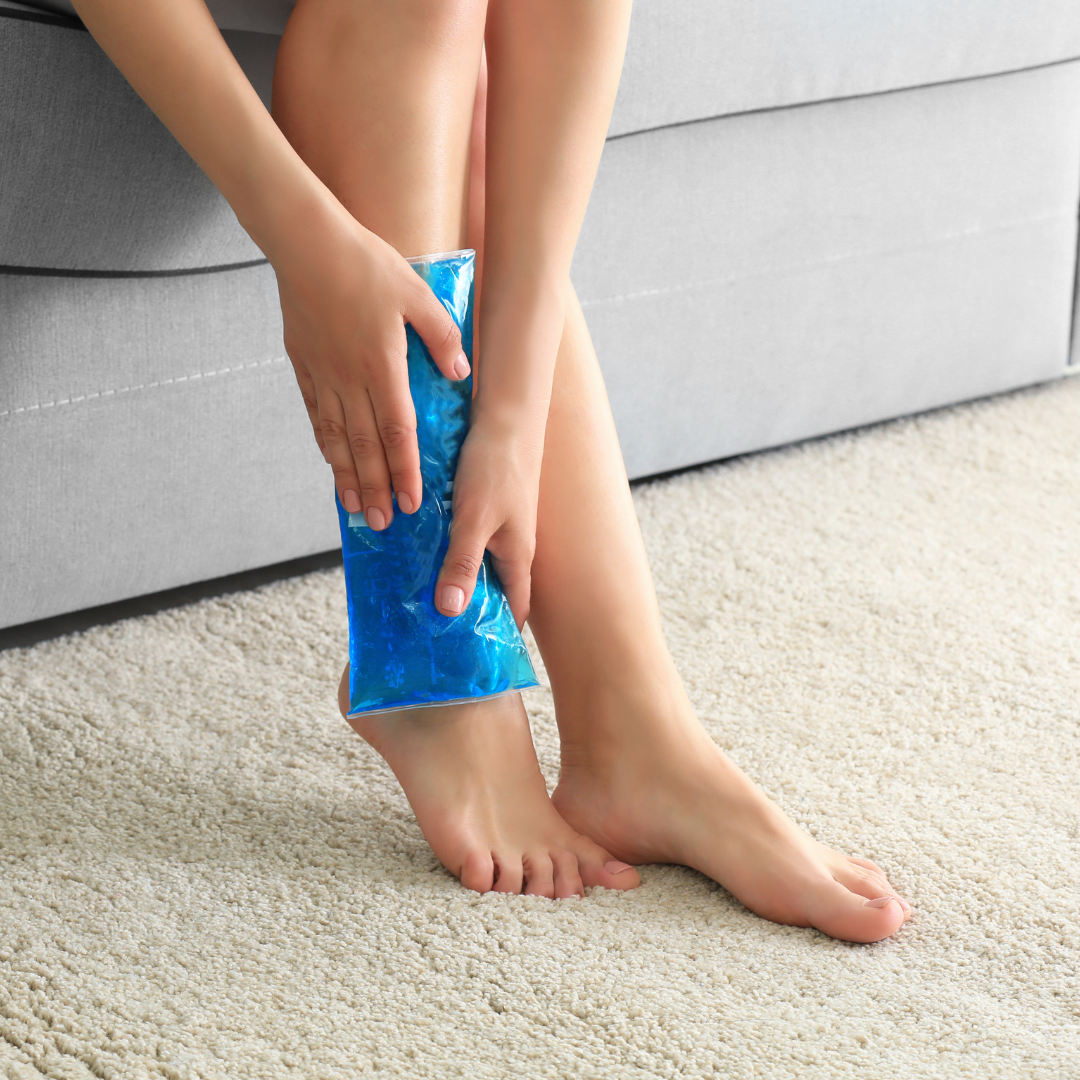Muscle tension and back pain are among the most common reasons people seek relief at home. Whether caused by poor posture, long hours at a desk, physical strain, or stress, the discomfort can be difficult to ignore. While medications can mask the pain, many prefer natural remedies that provide comfort without side effects. Heat therapy has long been trusted as a simple, effective, and safe method for easing muscle tightness and soothing sore backs.
How Heat Therapy Works
Applying heat to tense muscles causes blood vessels to dilate, which improves circulation to the affected area. Increased blood flow delivers oxygen and nutrients that support healing while also helping to flush away waste products that contribute to soreness. Heat relaxes muscle fibres, easing stiffness and allowing greater flexibility. It also has a calming effect on the nervous system, which reduces the intensity of pain signals.
Why Heat Helps with Back Pain
Back pain often develops when muscles tighten to protect the spine or from strain during movement. Over time, this tension can make simple tasks uncomfortable and limit mobility. Heat therapy directly addresses the underlying muscle tightness by loosening tissues and reducing spasms. For chronic conditions such as lower back stiffness or tension from sitting too long, regular use of heat can provide lasting comfort and improve range of motion.
Types of Heat Therapy
There are several ways to apply heat for relief. Moist heat, such as warm gel packs, penetrates deeper into muscles than dry heat and is often considered more effective. Some people use heated baths or showers, while others prefer wraps or pads that provide targeted warmth to specific areas. Products like CalmCore’s gel compression wraps can be gently heated and placed directly on the back or other tense muscles for focused, soothing therapy.
How to Use Heat Therapy Safely
Heat should always feel comfortably warm rather than hot. Excessive heat may cause burns or irritation, so it is important to avoid very high temperatures. Sessions of fifteen to thirty minutes are usually enough to relax muscles and ease discomfort. A protective layer between the skin and the heat source can prevent irritation. For those with sensitive skin or medical conditions, checking with a healthcare professional before using heat regularly is recommended.
Heat vs Cold Therapy
Although both hot and cold therapy are useful, they serve different purposes. Cold therapy is best for acute injuries with swelling, while heat is most effective for chronic muscle tension and stiffness. For back pain caused by tight muscles rather than sudden injury, heat therapy is often the most appropriate choice. Some people benefit from alternating hot and cold depending on their symptoms, but knowing when to use each method is important for best results.
The Science Behind the Comfort
Studies have shown that superficial heat therapy not only reduces muscle tension but also improves flexibility and range of motion. It has been widely recommended by physiotherapists for managing both acute flare ups and ongoing back issues. Heat is also linked to improved relaxation and reduced stress, which further supports the body’s ability to recover from discomfort.
Final Thoughts
Heat therapy is a natural and highly effective way to relieve muscle tension and back pain. By improving circulation, loosening tight muscles, and calming the nervous system, it addresses both the cause and the symptoms of discomfort. Whether you are dealing with chronic back stiffness or occasional tension, gentle and safe application of heat can make a noticeable difference. Calm Core’s gel compression wraps provide the added benefit of combining heat with supportive compression, offering a versatile solution for everyday relief.
👉 Explore Calm Core’s range of heat therapy solutions and discover how they can help soothe muscle tension and back pain at CalmCore.




Leave a comment
All comments are moderated before being published.
This site is protected by hCaptcha and the hCaptcha Privacy Policy and Terms of Service apply.